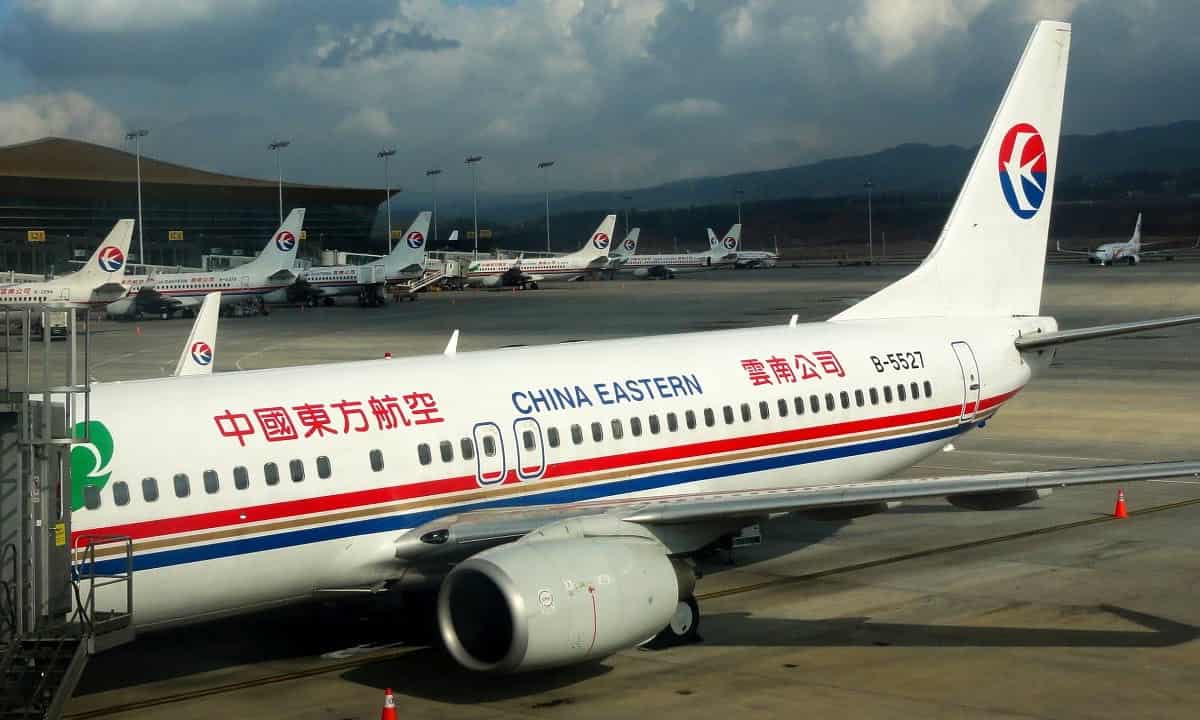Exerting pressure on Tanzania for it to re-open its Bologonja border with Kenya is high in a blue print, which the country’s inter-ministerial committee comprising Tourism, Interior and Coordination of National Government and Transport and Infrastructure has hatched.
Key players in Tanzania’s tourism industry have smelled a rat in Kenya’s 10-year National Tourism Strategy aimed at recovering the sector, which has been hardly hit by insecurity and infrastructure challenges, in the northern neighboring country.
Acting Chief Park Warden for Maasai Mara Game Reserve, Emmanuel Kinaiya assured a Tanzania’s fact-finding mission comprising journalists that high-level bilateral talks to re-open the Bolongoja border were progressing well.
While the Narok County is already rehabilitating the Sand River Gate office, which were abandoned about 40 years ago, construction of an immigration office to clear tourist travelling between Maasai Mara Game Reserve and Serengeti National Park by the central government is underway.
However, the move has squarely opposed by the Tanzania’s tourism stakeholders as General (rtd) Gorge Waitara, the Tanzania National Parks (TANAPA) Board Chairman, said reasons which led to the closure of the $2 billion worth Bologonja border for tourist traffic 40 years ago were still valid to date.
Gen Waitara was commenting on the Kenya government’s latest plan to establish a customs and immigration office at the Sand River gate on its border with Tanzania to ease the movement of tourists between its Maasai Mara Game Reserve and Serengeti National Park.
Kenya’s tourism Cabinet Secretary Najib Balala was recently quoted as saying that the construction of the $1 million project would start soon to serve tourists travelling between Maasai Mara and Serengeti.
The Kenya Cabinet Secretary as explaining that the immigration office would clear tourists from Serengeti National Park who wanted to cross to Maasai Mara Game Reserve or those from Maasai Mara who wanted to cross to Serengeti.
“Tourists will no longer need to travel all the way to Wilson Airport in Nairobi to go through the immigration procedures before being allowed into the Mara,” said Balala.
Balala complained that currently tourists had to use the Narok-Nairobi or Kisii-Migori-Isebania routes to access the Namanga border point to Tanzania.
Gen Waitara admitted to have heard of the neighboring country’s plan but doubted if both countries had at all agreed to have immigration offices built on either side. “Otherwise, how will tourists enter the Tanzanian side,” he queried.
“The trend is that tourists from Maasai Mara will enter Serengeti and return. They will never stay on our side,” observed Gen Waitara, stressing that Tanzania would not benefit from such tourists.
“I’ve also read that they want to construct a tarmac road to the Sand River Gate, but there are no people in need of such a road on both sides,” he wondered.
Kenyan environmental activists were up in arms in recent years over the Tanzania government’s decision to pave the road which passes through Serengeti to ease haulage of passengers and goods to among Arusha, Manyara, Mara and Shinyanga regions.
Gen Waitara cautioned that a road passing through Masai Mara Game Reserve would end up promoting many other activities apart from those directly linked to tourism, including smuggling, and compromising the sustainability of the attractions altogether.
“We advise our government to consider these side effects when looking for the lasting solution for the matter,” he said.
Allan Kijazi, the Tanapa Director General, said the authority would never allow tourists to cross to Serengeti through Bologonjain respect of the government’s stance that the border was deregistered.
“In principle, the government’s directive is accepted internationally because it conforms to that of the World Tourism Organization (UNWTO) which says tourism should benefit all stakeholders involved in the sector,” Kijazi explained.
He said by continuing to use the Namanga border, residents of Namanga, Karatu, Mtowa Mbu, Arusha and Manyara Region at large would continue benefiting from tourists’ expenditure.
“Otherwise, many investments in those areas whose economic growth heavily relies on tourism will be jeopardized,” said Kijazi, adding that Ngorongoro Conservation Area would also be negatively affected.
“These resources belong to Tanzanians; any decision to be reached must ensure the local people benefit from it. We must look at wide interests of the nation and its people,” he stressed.
Kijazi said Tanzania had agreed to adhere to low volume tourism, which attracted few tourists, but brought in much money.
“Our neighbors, particularly Maasai Mara’s tourism policy, attracts mass tourists whose payment is paltry. Once we open the Bologonja border, we’ll allow a big number of tourists from Masai Mara to enter Serengeti,” he cautioned.
He said mass tourism would end up destroying the environment with little benefits accrued from Serengeti and distributed among the tourism value chain and the national coffers as well.
Mervin Nunes, a Nairobi-based former aide of the Father of the Nation, Mwalimu Julius Nyerere, on tourism affairs, said the border was until 1977 a convenient route for tourists yearning to visit the Serengeti-Masai Mara ecosystem stretching over 24,000 square kilometers of land.
One of the Tanzania’s long serving tour operator, Mr. Marvin Nunes, recalled that after the collapse of the first East African Community (EAC) on February 5, 1977, Tanzania closed all its border posts with Kenya for nearly seven years.
The Tanzania’s change of heart in mid 1980s allowed main highway border crossing points to be opened, save for the Bologonja border, which remained closed for tourists’ traffic to date.
“Before the borders were closed, we had just a handful of Tanzania tour operators,” Mr. Nunes said.
The international tour companies overseas were convinced that the major attractions sold under the defunct EAC like Kilimanjaro, Tarangire, Manyara, Ngorongoro and Serengeti were actually in Kenya and that the clients did not even realize that they had entered and exited Tanzania, he explained.
Nunes said the biggest gain the country had since achieved from the Bologonja border closure was identification of its world-famous attractions with destination Tanzania.
“Statistics now reveal that tourism is the highest foreign exchange earner to this nation and one of the highest sources of employment,” Nunes said.
He added that more airlines were landing at Kilimanjaro International Airport (KIA) and that Arusha Airport had become a hub for domestic carriers.
“Creating additional routes with our neighbors will only help to boos traffic to Jomo Kenyatta International Airport (JKIA) and dilute air traffic at KIA, giving current airlines a reason to pull out of KIA,” he cautioned.
Nunes said letting Kenyan tour vehicles in Serengeti would lead to a displacement in the number of Tanzanian tour operators and reduce foreign exchange earnings and revenue for the taxman.
“With overwhelming poaching going on in the country (Tanzania) and with our lack of adequate manpower to combat this menace, the reopening of the Bologonja could well be an additional entry and exist point for smugglers to have a field day,” he quipped.
He said Sirari was the nearest border to Serengeti which both Tanzania and Kenya tour operators were using for their full advantage.
“As many as 50 vehicles have been picking up and dropping tourists. This is one of the Tanzania’s aim to spread the cake of tourism to other parts of the country,” said Nunes, stressing:
“Tanzania has to once and for all let Kenya know that Bologonja is not a subject up for discussion. This border has stayed closed for 40 years; Tanzanians do not need it reopened as we are doing very well with it closed.”
Wilbard Chambullo, the TATO’s chairman, said Kenyan tourism stakeholders’ demands to shorten tourists’ routes were baseless, as in so doing visitors would spend less money.
“We have roads and airports, tourists can use any of these options to explore the attractions effectively,” said Chambullo, adding that qualities of attractions between Maasai Mara and Serengeti were poles apart and that Tanzania would never gain anything by opening the Bologonja border.
“A visitor should arrive specifically for Tanzania, we should not allow him to spend his money in Kenya and come to Tanzania to keep change,” he said.
He advised the government to consider the Bologonja border deregistered and inexistent for the sake of the debate to be closed once and for all. “Let our offspring open the border; over our dead bodies, we don’t need it at all,” he stressed.
Henry Kimambo, the Tato Vice Chairman, said should the government reinstate the border against Mwalimu Nyerere’s statement then that he had thrown the key to the ocean; the tourism value chain would be greatly disturbed.
If approved, the decision will ignore Mount Kilimanjaro, curio shops, ongoing cultural programs at Mtowa Mbu, Tarangire and Manyara national parks as well as Ngorongoro Conservation Area in favor of the meager income from Serengeti alone.
He said much as the tourism value chain currently created many jobs, Tanzania must prepare itself for addressing an unemployment crisis before the country opened the Bologonja border.
Sirili Akko, the Tato Executive Secretary, observed that all Tanzania’s national parks were surrounded by buffer zones and that if an immigration office, schools and other structures were built at the Bologonja border, they would leave Serengeti without one, the move which would greatly impact on the world’s heritage site.
WHAT TO TAKE AWAY FROM THIS ARTICLE:
- Gen Waitara was commenting on the Kenya government's latest plan to establish a customs and immigration office at the Sand River gate on its border with Tanzania to ease the movement of tourists between its Maasai Mara Game Reserve and Serengeti National Park.
- The Kenya Cabinet Secretary as explaining that the immigration office would clear tourists from Serengeti National Park who wanted to cross to Maasai Mara Game Reserve or those from Maasai Mara who wanted to cross to Serengeti.
- While the Narok County is already rehabilitating the Sand River Gate office, which were abandoned about 40 years ago, construction of an immigration office to clear tourist travelling between Maasai Mara Game Reserve and Serengeti National Park by the central government is underway.






















